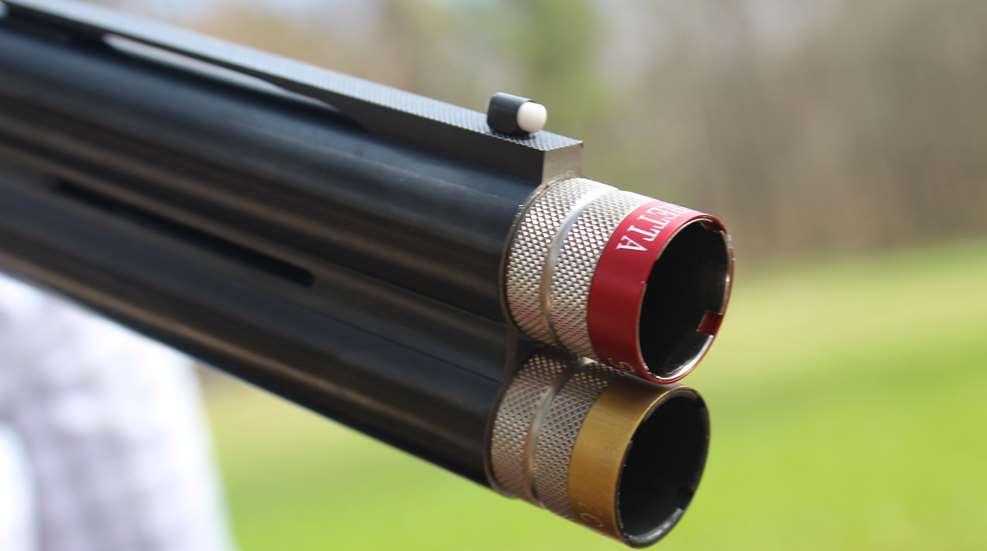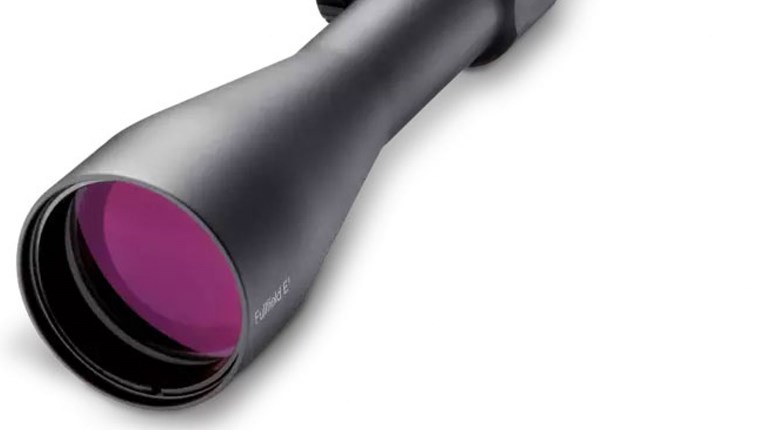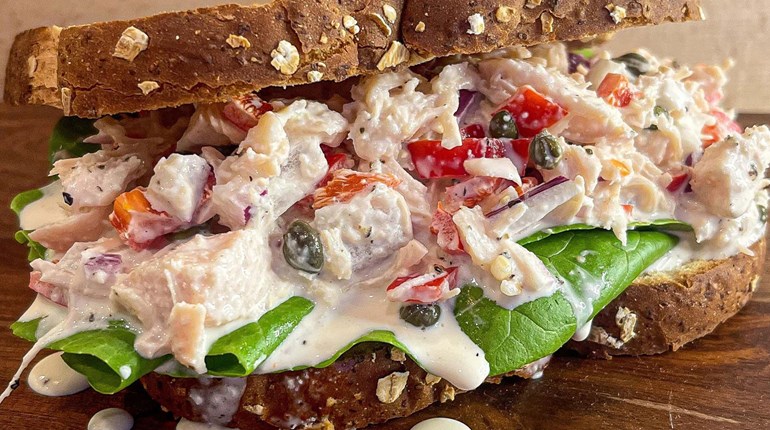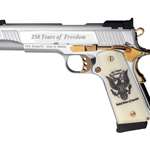
You’ve probably heard that you should pattern your shotgun. Everyone throws this phrase around like knowing what a pattern is, how to get it and how to manipulate it is common knowledge—but it’s not.
First, what is a pattern? You probably know that a shotgun shoots many small projectiles, called “shot” or shot pellets, rather than a single large projectile (slugs excluded). Hundreds of tiny pieces of metal flying in the same direction start to spread out when they leave the muzzle of the gun and continue spreading out in a sort of cone pattern. You can control how far away and how tightly the spread happens by using different choke tubes, but how all those little pellets impact a target at a given distance is called the “pattern.”
Get a big piece of paper (posterboard size; butcher paper works well) and tape it up on a safe backstop. Step back, point your shotgun at it and fire. You’ll get a bunch of tiny holes in the paper in a circle—that’s your pattern at that range. If you were close or had a really tight choke in, the holes might form a small and dense circle, almost like a single giant hole with a few tiny holes around the fringes. If you were really far away, the tiny holes might be few and far between, with some pellets impacting outside the edges of the paper.

Winchester blog image
Now you can change your choke and maybe your shot size until the pattern has the density you want at the range you want. Ideal density varies depending on what you’re shooting. For skeet, for example, you’re shooting lots of teeny-tiny shot pellets at a small flying clay target about 20 yards away. It’s not hard to break, so you don’t need a lot of pellets impacting the target. That means you can have a pretty wide-open pattern—lots of holes spread out all over the paper—at 20 yards, so you have a better chance of hitting the target. You’re essentially casting a wide net.
For turkey hunting, you want multiple pellets to hit a turkey in the head/neck, and you might be shooting at 40 or 50 yards or farther, so you’re going to set the patterning board up at 40 yards and experiment until you get a pretty tight, dense circle of pellet impacts. Skeet and turkeys are the two extremes, with lots of different pattern densities at different distances in between.
Be aware that your pattern won’t be accurate to where you’re pointing if the gun doesn’t fit you or you’re not mounting it correctly. That said, here’s how you pattern a shotgun.
 1. Decide what you’re going to be shooting and at what distance. For this case, let’s assume we’re hunting turkeys and we expect shots to be at 40 yards or so. We want a dense pattern.
1. Decide what you’re going to be shooting and at what distance. For this case, let’s assume we’re hunting turkeys and we expect shots to be at 40 yards or so. We want a dense pattern.
2. Tape up that large piece of paper and draw a bull’s-eye in the middle of it.
3. Step back to your desired distance—in this case, 40 yards—mount the gun and point/aim it at the bull’s-eye. Fire.
4. Make the gun safe and walk up to the paper. Draw a 30” diameter circle that contains and centers most of your holes. Is your bull’s-eye in the center of the circle? If not, you might have a fit problem with your comb height (if the bull’s-eye is off center up or down) or cast off (if the bull’s-eye is off center left to right). Go visit a qualified gun fitter, but in the meantime, you might be able to cheat this a little bit by snugging into the gun a bit differently. This is not a long-term solution, but it’ll get you by if your turkey hunt is tomorrow. Some choke/load combos will just tend to throw a little high or a little low, too. For wingshooting, it’s normal and even desired for the gun to shoot a little high—2” to 6” higher than the bull’s-eye at 40 yards is reasonable and beneficial.
5. Look at the pattern distribution—you want it to be pretty even. If there are big gaps in a pattern, a turkey’s head or clay target has the potential to slip through unscathed. Since we’re patterning for turkeys, draw another, smaller circle inside the 30-inch one. About 10” or 12” should do. You want a lot of your holes—most or practically all of them for turkeys—inside that little circle.
6. If you’re not happy with the density, you can change shot size or change choke constriction. I recommend changing one variable at a time and patterning it with each change so you control the process. The smaller shot size you use, the more pellets you’ll have in your pattern, but you still need to be sure the pellets are an appropriate size to carry terminal velocity at your chosen range. If you want more density in your pattern, select a tighter choke. If it’s too dense, select a more open choke. Chokes are made to put a certain amount of the gun’s pattern in a 30-inch circle at 40 yards:
Cylinder (open bore) choke: 40 percent
Skeet choke: 45 percent
Improved Cylinder (IC): 50 percent
Modified: 60 percent
Improved Modified (IM): 65 percent
Full: 70 percent
Extra Full and Turkey chokes: 73-80 percent depending on brand
Experiment with shooting fresh sheets of paper with different loads through different chokes until you’re happy with the way the holes fill out the 30” circle (or smaller for turkey hunters). Understand that if you pattern your gun at 40 yards and then shoot it at 20 yards, your pattern will be considerably tighter/smaller/denser at that range. For example, a skeet choke puts 45 percent of its pellets in a 30”h circle at 40 yards, but more like 75 percent at 25 yards, which is about the farthest distance a skeet target would be shot.
It’s a good idea to write the load, choke and distance on each piece of target paper so you can go back and reference them later. When you settle on a pattern you think you like, I recommend you shoot it at least three or four times at different pieces of paper to confirm. Your pattern can go off course if you flinch or don’t execute a smooth shot, so shooting multiple patterns will help make this obvious. You can also get specialty patterning targets that feature a turkey head, a whole duck, or whatever else you might need to pattern for. These are handy, but you can also just draw a rough sketch on a piece of butcher paper and serve the same purpose.
Finally, be aware that your pattern changes every time you change chokes or shoot another type, size or brand of ammo. Most people, especially wingshooters, won’t go back to the patterning board for every minor change they might make in the field. Turkey hunters are the exception because their patterns are small and dense, and if it’s off by even a few inches, they can miss a turkey.

Winchester blog image














































